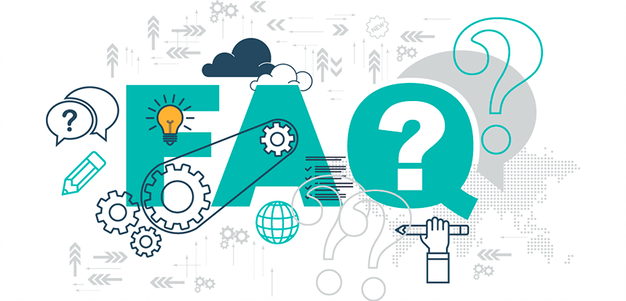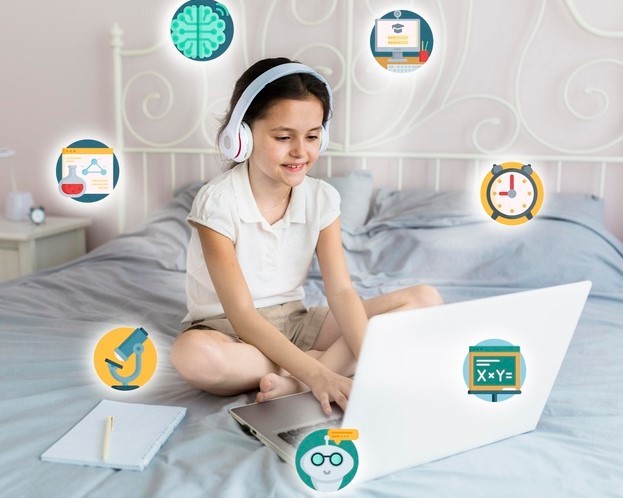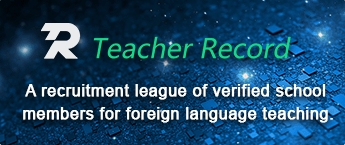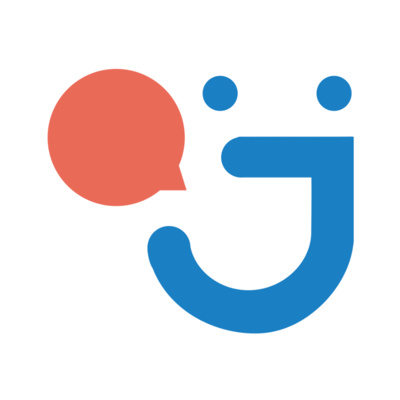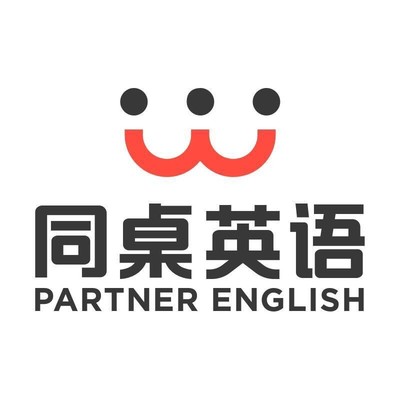Practical TEFL: Teaching with Realia
Teaching English as a Second Language (ESL) can be an arduous challenge. To keep their classrooms engaging and effective, ESL teachers frequently utilize “realia” as a practical and interactive instructional method. Realia refers to real objects found in everyday life—such as pencils, cups, maps, or bus tickets—which make learning the language more tangible and realistic for students. As an instructional method, realia also provides teachers with an effective tool to assess whether their ESL lessons are working effectively or not.
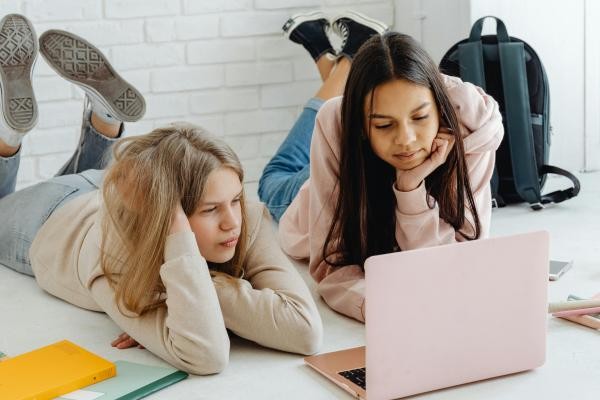
The Importance of Realia in the Classroom
Realia brings the outside world into the classroom, making learning more tangible and relatable. Touching, seeing, and experiencing real objects enables students to better grasp vocabulary and concepts they are studying—especially beneficial for visual and kinesthetic learners who learn through doing. As an adaptable instructional method, realia can be successfully employed in both in-person and online classes. Teachers using virtual realia or asking students to bring objects from their home environments can implement realia effectively in digital settings.
Examples of Realia
Realia can be found virtually anywhere. In a classroom setting, teachers may use items such as books, desks, and stationery as part of their instructional materials. Students might also bring items from outside, such as their favorite toy or a family photo, to contribute to classroom activities. In online environments, virtual realia—such as digital images, videos, or interactive online tools—can be used as a creative adaptation of this instructional method.
Realia as a Rewarding Instructional Method for English Teachers
The use of realia in ESL teaching offers numerous benefits. It helps strengthen language skills by providing meaningful context for vocabulary and grammar concepts, while simultaneously catering to various learning styles. As an instructional method, realia serves as a powerful visual aid, especially useful when working with foreign-born students, by helping them connect words and expressions to real-life references. This visual reinforcement enhances both comprehension and retention.
Realia in the ESL Classroom
Realia can be integrated into a wide range of engaging classroom activities. Teachers can incorporate it into role-play scenarios, storytelling tasks, or educational games depending on their teaching context and available resources. Whether using traditional objects or digital tools, realia remains a highly adaptable and effective instructional method.
Realia Activities for Young Learners
Young learners benefit greatly from hands-on, interactive activities. Below are some realia-based exercises designed to enhance engagement and language acquisition:
Recreating Reality
Allow students to recreate an object from real life using drawings or simple models.
Follow Directions
Use realia to teach prepositions and directions—for instance, placing objects next to, behind, or under another object.
What Is It?
Introduce a mysterious object and challenge students to guess what it is using descriptive language and clues.
Bringing In Their Realia
Ask students to bring an object from home and describe it in class, helping them build confidence in speaking and vocabulary use.
These activities utilize realia as an instructional method that turns abstract language into concrete, memorable experiences.
Realia Activities for Teens and Adults
Teens and adults can also benefit significantly from realia-based tasks, which can be tailored to their interests and language proficiency levels:
Reality Interviews
Ask students to bring an object of personal significance and conduct interviews with one another, using guided questions.
Shopping Simulation
Create a mini market with real items and let students role-play as shopkeepers and customers, practicing functional vocabulary and conversation.
Travel Planning
Use real maps, brochures, and bus or train schedules to simulate travel planning. This task integrates reading comprehension, speaking, and teamwork.
Cooking Class
Use actual food items, kitchen utensils, and simple recipes to create a cooking class scenario. This type of realia activity helps students learn vocabulary related to food, measurements, and instructions.
Cultural Exchange
Invite students to bring an item representing their culture to class. This promotes intercultural understanding and opens space for meaningful conversation and cultural comparison.
These activities showcase realia as a versatile instructional method that fosters interaction, creativity, and cultural awareness among learners.
Using realia in ESL teaching makes lessons more engaging, practical, and enjoyable—for both teachers and students. By connecting language to real-world objects and experiences, students develop a deeper understanding and retention of vocabulary, grammar, and cultural context. As an instructional method, realia supports various learning styles and classroom formats, whether online or in-person, and is suitable for all age groups. ESL teachers are strongly encouraged to explore and incorporate realia in their lesson planning. Whether you're working with young learners, teenagers, or adults, realia offers numerous opportunities to enrich your TEFL classroom. Why not begin experimenting with this powerful instructional method today?
-
Questions for TR TEFL
Do you have many questions about Teacher Record TEFLcourse? here you may find answers to your questi... -
Top LGBTQ+-Safe Countries for Teaching English Abroad Programs 2024
"Explore the safest countries for LGBTQ+ TEFL teachers in 2024. Discover inclusive teaching English... -
Tips for Avoiding Potential Problems While Teaching English Online
Congratulation to start your online teaching journey, you might need to pay attention to many rules...
